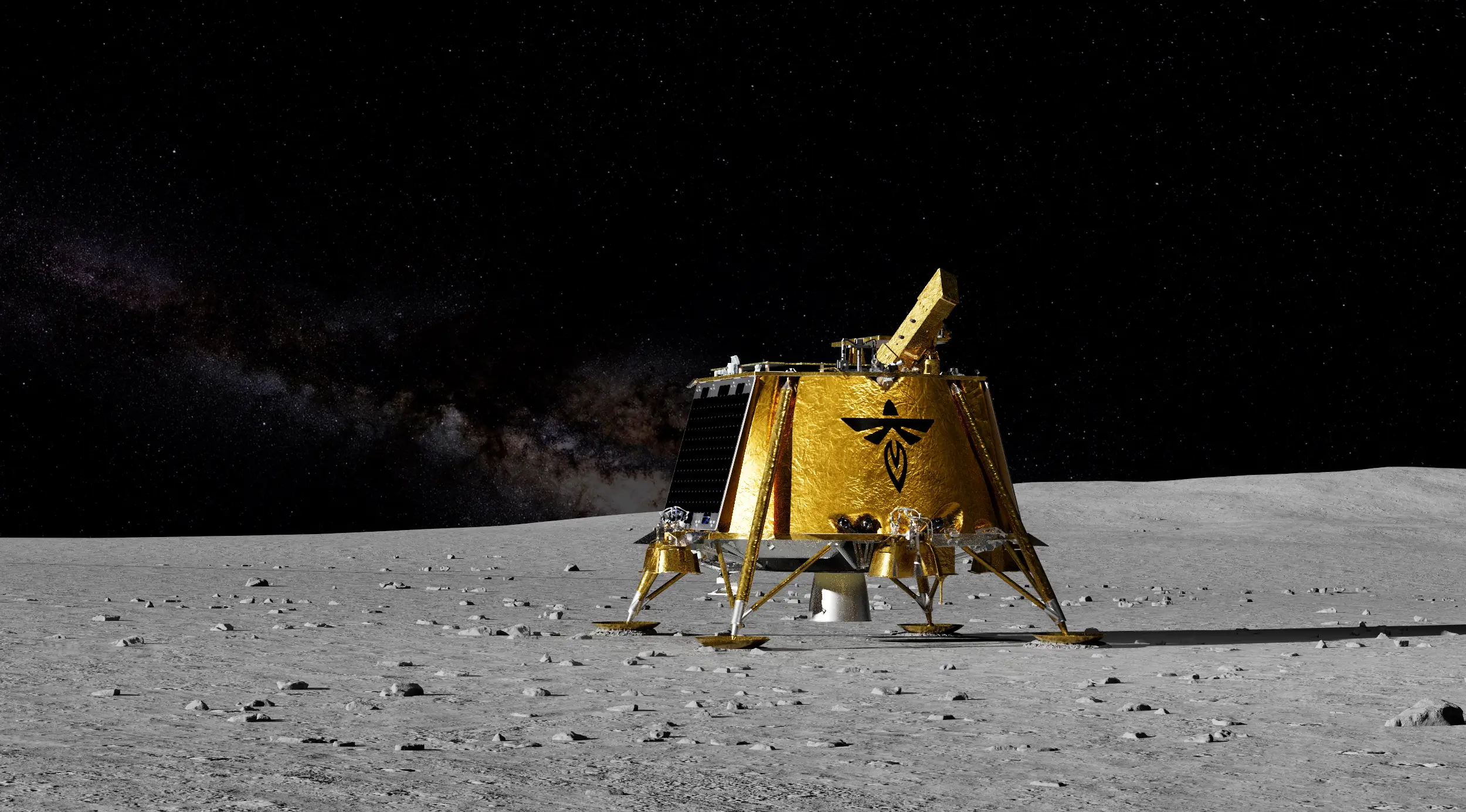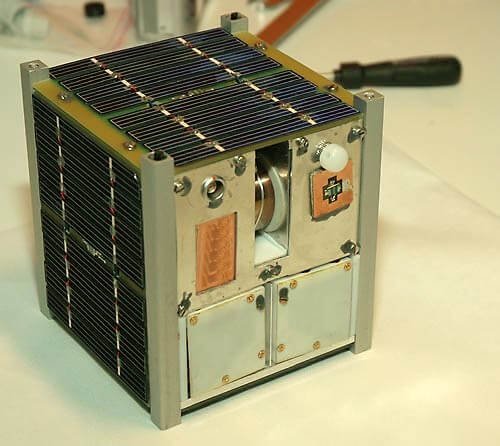The Blue Ghost Moon lander, built by Firefly Aerospace, landed safely on the lunar surface, a huge step forward for private space exploration. This historic landing as part of NASA’s Commercial Lunar Payload Services (CLPS) initiative sets the stage for other missions led by commercial entities.
A Giant Leap for Private Space Missions
Historically, lunar landings have been left to the national space agencies such as NASA, Roscosmos, and CNSA. The success of Blue Ghost, however, proves that private space companies can now accomplish lunar landings. They can complement NASA’s Artemis program and scientific research.
The Significance of Blue Ghost’s Landing
Historically, lunar missions have been exclusive to national space agencies such as NASA, Roscosmos, and CNSA. However, private companies are now proving their capability to reach and operate on the Moon. Firefly Aerospace, through its successful Blue Ghost lander, has reinforced the role of commercial partnerships in space exploration. The ability of private firms to execute lunar landings means a more cost-effective, frequent, and sustainable approach to lunar research and colonization.
This mission’s success is a major win for NASA’s Artemis program, as private companies can now assist in lunar cargo delivery, research, and infrastructure development. It also boosts confidence in upcoming private lunar ventures, with companies like SpaceX, Astrobotic, and Intuitive Machines also eyeing the Moon for scientific and commercial opportunities.
Mission Goals: Pioneering Scientific Research on the Moon
The Blue Ghost mission was designed to carry and deploy scientific payloads that provide valuable data about the Moon’s environment. The instruments on board focus on several key areas of lunar science and technology demonstration:
1. Lunar Regolith and Soil Composition Analysis
The lander is equipped with instruments to study lunar dust and soil composition. Understanding the physical and chemical properties of regolith is essential for future lunar habitats, as it impacts astronaut safety, equipment durability, and potential resource utilization.
2. Radiation Exposure Study
Space radiation is one of the biggest challenges for long-duration human missions beyond Earth. The lander’s payload includes radiation measurement instruments that will assess the Moon’s surface radiation levels, helping NASA and private entities plan safer human missions.
3. Technology Demonstration for Future Lunar Missions
The mission is testing cutting-edge navigation, communication, and landing technologies that will be crucial for future robotic and human lunar missions. Data from Blue Ghost will help refine landing precision and long-term operational strategies for upcoming Artemis and commercial missions.
The Impact on Lunar Exploration and Space Economy
The success of Firefly Aerospace’s Blue Ghost lander is not just a singular achievement—it is part of a broader shift towards privatized space exploration. With more companies stepping into lunar exploration, we can expect:
1. Frequent and Cost-Effective Lunar Landers
Private companies can deploy low-cost lunar landers with scientific payloads, allowing for continuous research missions without the high costs traditionally associated with government-led space programs.
2. Lunar Resource Utilization and Mining
With increasing missions to the Moon, the concept of in-situ resource utilization (ISRU) becomes more feasible. Extracting water ice, metals, and minerals from the Moon could enable fuel production, habitat construction, and sustainable human presence.
3. Lunar Base Development as a Gateway to Mars
The Moon is seen as a stepping stone for Mars exploration. Establishing a sustainable lunar outpost will serve as a testbed for life-support systems, resource management, and deep-space habitation—all crucial elements for future Mars missions.
Why This Landing Is Important
This mission is part of an overall endeavor to create a sustainable human presence on the Moon. By taking advantage of commercial collaborations, NASA can cut expenses and speed up lunar exploration. The information collected will also aid in future Artemis missions, such as sending humans back to the Moon.
Future of Private Exploration of the Moon
With this successful landing, private space companies such as Firefly Aerospace demonstrate they are capable of undertaking more ambitious lunar missions. In the next few years, we can anticipate:
1.Increased commercial landers carrying scientific equipment.
2.Preparation for lunar mining and in-situ resource utilization.
3.A stepping stone to Mars exploration with the Moon as a proving ground.
Conclusion
The success of the Blue Ghost lander is the dawn of a new age in lunar exploration, with private enterprise leading the way in space development. With NASA driving forward with Artemis, commercial partnerships will be key to attaining a sustainable presence beyond Earth.
Frequently asked questions
1. What is the Blue Ghost lander?
The Blue Ghost lander is a lunar lander developed by Firefly Aerospace as part of NASA’s CLPS program. It is designed to carry scientific instruments to study the Moon’s surface and environment.
2. Why is this mission important?
This marks one of the first successful private lunar landings, proving that commercial space companies can execute complex missions and support NASA’s Artemis goals.
3. What is NASA’s CLPS program?
Ans : A program funding private companies to deliver science payloads to the Moon.
4. What data will the lander collect?
Lunar soil analysis, radiation levels, and tech demonstrations.
5. What’s next for Firefly Aerospace?
More Moon missions and technology advancements.
6. How does this mission benefit future space exploration?
By collecting critical data and demonstrating new technologies, the Blue Ghost mission lays the foundation for future crewed lunar missions and long-term space exploration initiatives.
7. What was the purpose of the Blue Ghost mission?
The mission aimed to study the Moon’s regolith, measure radiation levels, and test advanced navigation and communication technologies for future lunar exploration.









